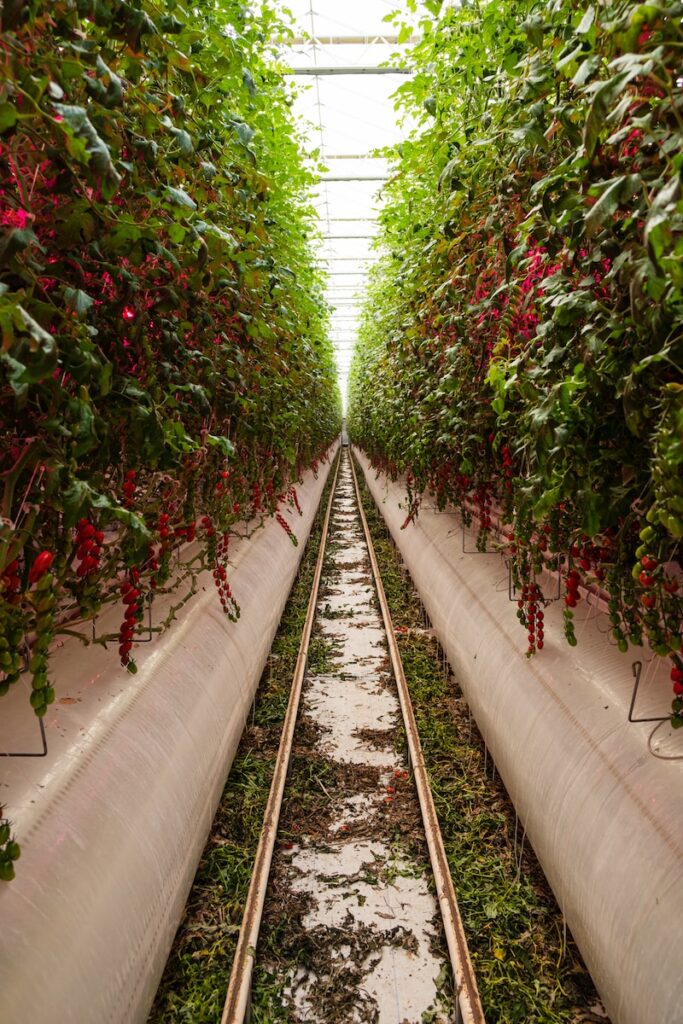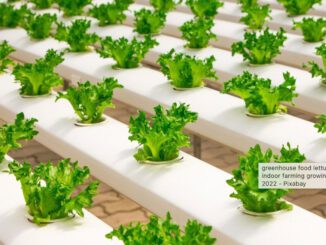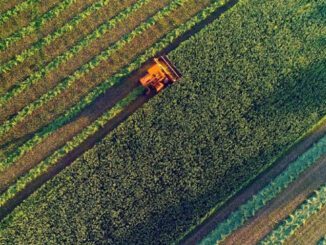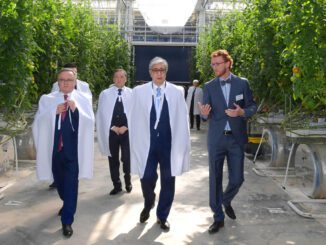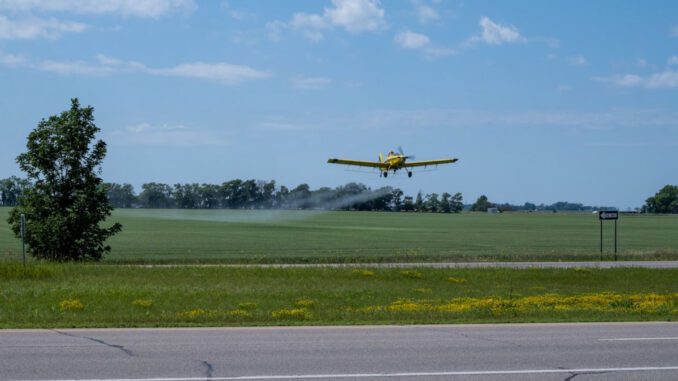
Future growth: Agricultural alternatives to pesticides
How do we transition away from pesticides and feed a growing population? Matthew Kettlewell, Agronomist at Agxio, presents natural and technological innovations that can help smooth the path to the future.
Agricultural Pesticide Alternatives | Matthew Kettlewell |
The trend away from pesticide use has seen the EU already remove more than 200 different pesticide products from commercial use in the past two decades. The UK government has announced it will explore the role of setting ambitious pesticide reduction targets and support actions to ensure these are met, while proposed EU legislation would cut the use of pesticides by 50% by 2030.
Moving on from our reliance on pesticides is a positive step. At the same time, we need to ensure alternatives are developed, introduced & supported that allow us to produce food at the levels we require to feed the growing global population and to help us transition. Here we look at the strongest prospects for producing food with less/no chemicals while maintaining production levels that we see today.
Biopesticides
The word ‘pesticide’ might not disappear completely, with biopesticides gaining attention as an alternative to synthetic versions. They are typically formulated using naturally occurring materials such as fungi that can attack a pest, or bacteria that can prevent infection from a disease. Other biocontrols can be as simple as releasing a population of parasitic wasps into a greenhouse that will seek and destroy aphids that are feeding off the crop housed inside.
Bee vectoring
Bee vectoring harnesses biopesticides. This method sees bees delivering beneficial fungi that protect plants during their natural pollinating activities. Inoculant-dosed powder is placed inside the exits of beehives, so bees’ legs and bodies pick it up and transport it to flowering crops.
Biostimulants
Whereas biopesticides control a problem directly, like their synthetic cousins, biostimulants don’t have direct efficacy on targeted crop issues, but provide more of a ‘healthier lifestyle’. Designed to stimulate natural plant processes, they improve nutrient-use efficiency and stress defence systems to cope with challenging conditions such as drought, cold, wet or prolonged exposure to disease. Adoption of these products might initially be successful as a ‘side dish’ to synthetic chemistry, where a grower still requires a pesticide but can reduce the rate by adding a tailored biostimulant to the application.
Controlled Environment Agriculture (CEA)
Indoor or vertical farming is conducted in a controlled environment that maintains optimal conditions. Growing crops using this method can reduce the reliance on pesticides as conditions can be controlled to reduce risks. Controlled environments are not entirely pest- and disease-proof, so intervention is required from time to time.
Genetically modified crops
Widespread adoption of genetically modified technology is a low-hanging fruit, although it is often perceived as ‘Frankenstein Food’. It significantly helps to wean us away from synthetic pesticides, especially ones that require greater stewardship, by modifying crops to be tolerant to pests and disease without requiring treatments. They also provide farmers in areas of the world that suffer from drought and other extreme conditions to grow crops with reduced risk of failed harvests, helping address the issue of global hunger.
Precision agriculture technology
Precision agriculture has been developing for decades, allowing farmers to accurately apply fertilisers to specific areas of a field instead of blanket-treating ringfenced areas, and variably dosing herbicides based on levels of weed infestation. Using less chemicals mitigates negative environmental costs while also helping farmers’ bottom lines.
Driverless or assisted-steering machinery using GPS is also now well established. These reduce the risks of overlapping applications or missing areas that might then need a heavier dose later. GPS is not only great for reducing inputs such as chemicals, fertiliser or seeds, but also reducing diesel usage. Adding imagery and other sensors can detect many circumstances that require a more precision-based approach, from satellite or drone imagery to light sensors that can detect the level of chlorophyll in a crop.
Path to the future
Agriculture is as essential as the food it produces, but its nature is changing. It’s my opinion that the role pesticides play will continue to diminish but with a combination of nature-based solutions and new and current technologies there will be a smooth transition away from pesticide use.
Natural alternatives to pesticides are being developed and improved all the time, as are technologies to reduce pesticide use. Pesticide approvals will require justifications of applications on a more targeted basis and as precision agriculture technologies become more affordable, available and accurate, they will inject much-needed momentum into growing the quantities of food required to feed the global population, at profitable levels for farmers, while reducing the requirement for synthetic inputs.
AI is also becoming more prevalent in farming, further accelerating and improving analysis and accuracy, and automating to reduce the tech operational burden on farmers. We can only imagine what further nature-based and technological innovations are to come.
Original Article: https://environmentjournal.online/headlines/agricultural-alternatives-pesticides/

